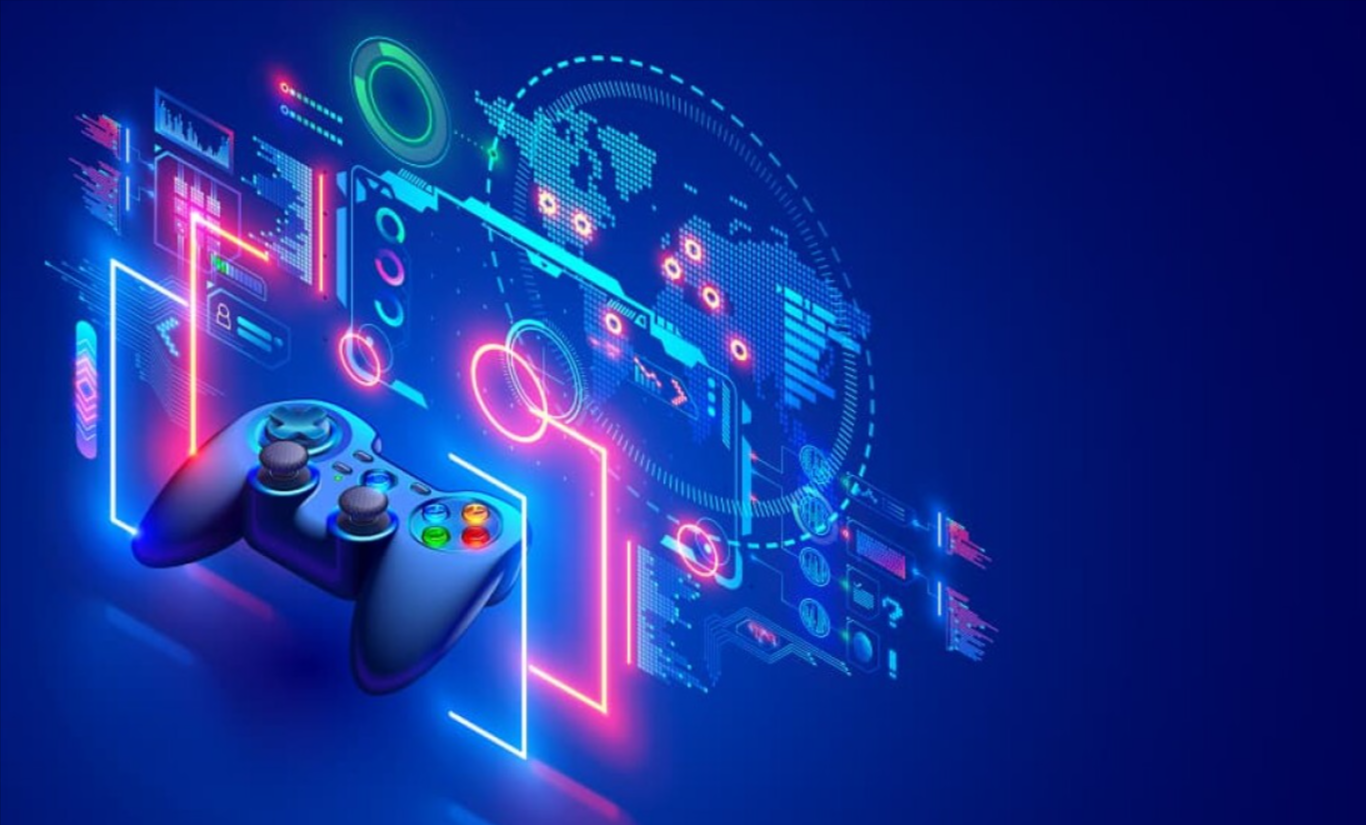How Cloud Gaming is Affecting Game Development

The technology has been around for video games for quite a while. A new trend is appearing and refining the environment.
Cloud gaming harnesses the power of remote servers in data centers to process and render video games before putting it all back together and streaming the output to players' devices through special networking.
The low latency involved in the round trip must be sufficient for responsiveness to retain the appetizing factor for cloud gaming, and this itself is what makes cloud gaming exciting!
Speed
Cloud gaming gives designers the freedom to create very large and immersive worlds with game content and personalized experiences that are constantly changing, as opposed to linear narratives restricted by the capacities of an SSD.
Cloud gaming is entirely different in that all computations are done off the device. Data transfer to and fro the remote servers must be quick so that there is no lag, thereby ensuring that the game remains responsive. Such a round trip must happen in milliseconds to ensure uninterrupted playback experience.
With advances in data centers and network bandwidth in the recent past, there now exists a considerable scope for scaling cloud gaming to play on smartphones, tablets, and TVs with Internet connectivity ensuring that nobody is bothered with downloading games or spending on expensive gaming hardware. For this reason, cloud gaming remains an interesting choice for gamers.
Besides that, cloud gaming gives developers insight into how gamers interact with their games to provide information to optimize the gameplay experience and personalize offers that increase user acquisition, retention, and monetization. It is of prime importance that this data is collected and stored securely according to the relevant privacy standards in the industry.
Convenience
The game developers can thus use cloud storage solutions to share updates on the game with their team members. The secure solutions have version control facilities and file synchronization and access control - all of these help teams minimize processes and still run on time.
Another area in which cloud gaming helps lower the barrier to entry for gamers is that it avoids high hardware requirements and delivers an elite gaming experience across every available device. This opens gaming for a larger audience, which may enhance sales and revenue for game developers.
Expect the cloud to make gaming even more interesting. Graphics and dynamics are rendered in the cloud, while action streams directly to the device - thus reducing latency feedback for pure gaming pleasure. The downside of this method, however, is the necessity for fast, unlimited internet connection that requires constant monitoring by gamers to keep track of data usage in a bid to avoid problems that may limit access to their chosen titles.
Cloud computing also lays the foundation for an innovative form of monetization, empowering the player to personalize the interaction. This is possible as game data is securely stored, easily retrieved, and analyzed for insights which can then create real-time offers or personalized player outcomes.
Scalability
Cloud computing allowing game developers to flexibly scale resources whenever required, thus adapting games to user hardware capabilities for optimum playability, also helps reduce costs on physical distribution of their products. It further provides a space for other business models like subscriptions for gaming. Unfortunately, scaling comes with its challenges, as there is need to reduce latency in order to provide consistent experience across varied Internet rates preventing creation of unresponsive gameplay experiences.
Security should equally be touched upon about protection of sensitive user data and user privacy- this includes securing data of the game servers against malicious deletion back up, recovery, and measures such unauthorized access to game play data and thus secure storage.
Cloud technology allows game developers to create massively multiplayer games in which many players experience the same world at the same time. While this is a computationally intensive requirement, it wields the possibility to revolutionize gaming as players will be able to collaboratively shape and create shared gaming environments such as building an entire castle, within a persistent world others walk through and interact with.
The cloud is the next horizon for the gaming world, thus opening up exhilarating opportunities for gamers and game developers equally. But before game developers can embrace cloud technology into their workflow, they need to understand both the challenges and opportunities that set cloud technology apart.
Security
Unlike the traditional gaming that runs locally on your device, cloud gaming delivers the video and audio feeds from servers. Every input you make immediately sends controller signals directly to the server, which processes them and sends back a new video frame, pinging off lag while allowing gamers to enjoy playing on lesser hardware.
Cloud platforms also help economize on the distribution of game updates and patches, thus ridding the process from bottlenecks introduced by manual downloads and installation processes of new content from the side of the player. In this way, it tries to thwart piracy or cheating that jeopardize game integrity while unfavorably impacting its sales.
Cloud gaming further fortifies low-latency multiplayer interactions amidst massive data transfers during online game sessions, thereby increasing socialization opportunities for gamers across diverse geographical locations. As such, developers can strike a balance in the social gaming creation process while building stronger community ties among the players.
